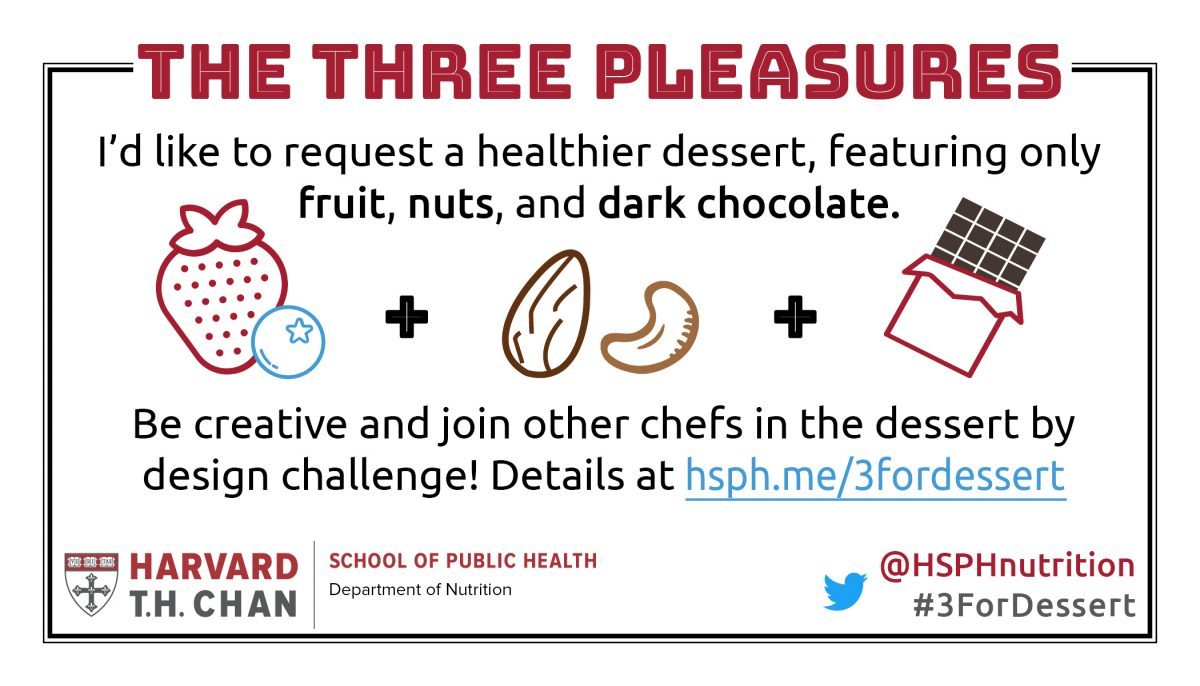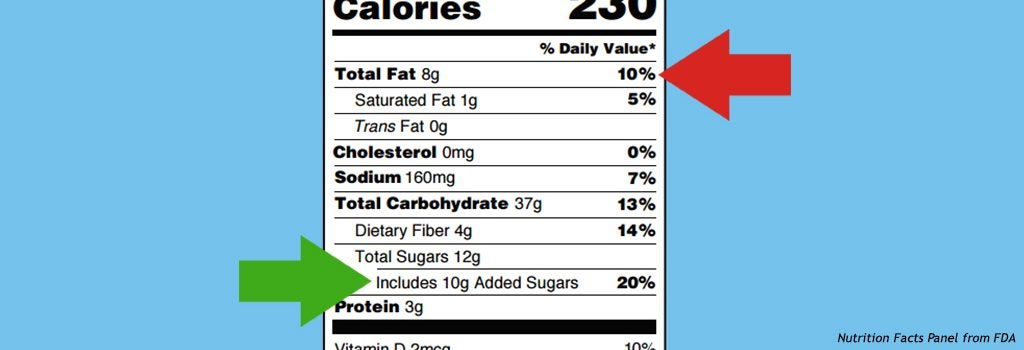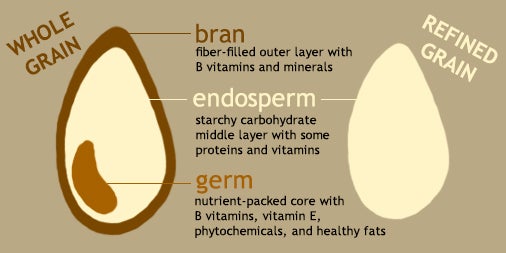Dessert by Design: The Three Pleasures
The scenario is likely a familiar one. You’re dining out at a restaurant for a special occasion, enjoying the company of those at the table, and as the dinner plates are being cleared, the server stops by and asks: “Would you like to see a dessert menu?” When striving to maintain a healthy eating plan, … Continue reading “Dessert by Design: The Three Pleasures”


